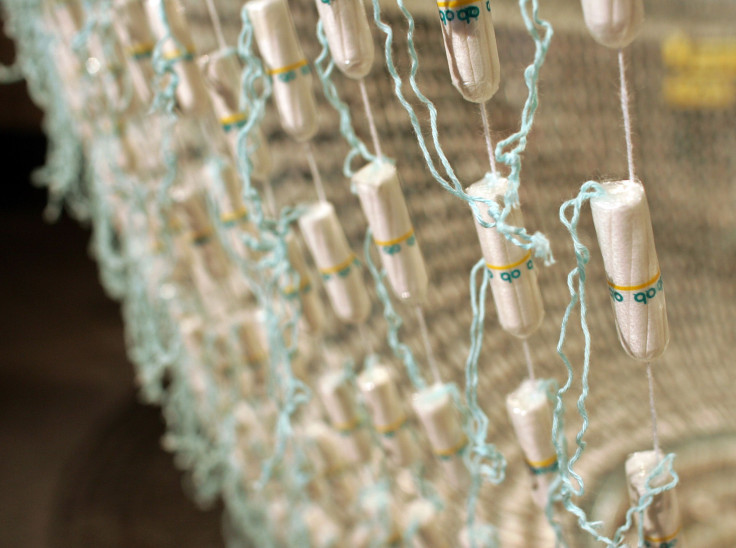Tampons Can Help Detect Sewage Pollution In Rivers: Study

Tampons may not be known for their scientific qualities in detecting sewage, but researchers at the University of Sheffield in the U.K. have found a unique way of using them as a tool to indicate where wastewater is polluting rivers and streams.
In a study, published in the Water and Environment Journal on Monday, the scientists said that the natural and untreated cotton found inside tampons can easily absorb chemicals that are commonly used in toilet paper, laundry detergents and shampoos. These chemicals, also known as optical brighteners, show up under ultraviolet (UV) light. When tampons are suspended in water contaminated by sewage, they pick up optical brighteners that glow under UV light.
“The main difficulty with detecting sewage pollution by searching for optical brighteners is finding cotton that does not already contain these chemicals,” David Lerner, a professor of environmental engineering at the University of Sheffield and the study’s lead author, said in a statement. “That’s why tampons, being explicitly untreated, provide such a neat solution. Our new method may be unconventional – but it’s cheap and it works.”
As part of the study, the researchers used laboratory trials to determine how much detergent would need to be in the water to be detected by the tampon test. When they dropped a tampon for five seconds in one liter of water with only 0.01 ml of detergent, the optical brighteners could be identified immediately and continued to be visible for the next 30 days.
The researchers tried the technique in the field by suspending tampons for three days in 16 surface water outlets running into streams and rivers in Sheffield. When the tampons were subsequently tested under UV light, nine of them glowed, confirming the presence of optical brighteners that indicate sewage pollution.
“It’s clearly impractical for water companies to do this for all the households they supply, but by working back from where pollution is identified and narrowing it down to a particular section of the network, the final step of identifying the source then becomes feasible,” Lerner said in the statement.
Although the tampon method needs to be certified by more thorough studies, it holds promise in detecting sewage leaks into waterways, according to Sandra McLellan, an environmental microbiologist at the University of Wisconsin-Milwaukee.
“The enormity of what needs to be screened is what makes me excited about this test,” McLellan, who was not involved in the study, told Live Science.
© Copyright IBTimes 2024. All rights reserved.






















